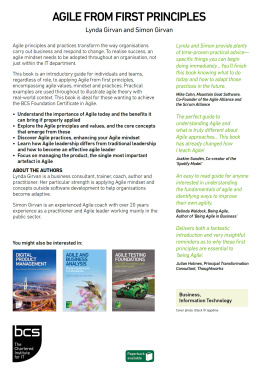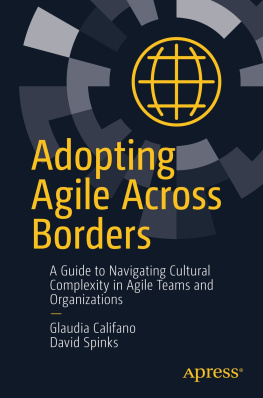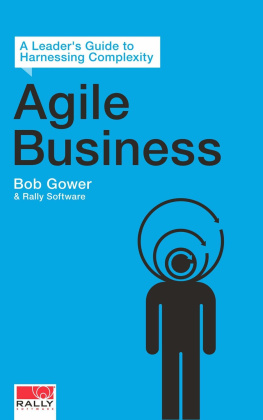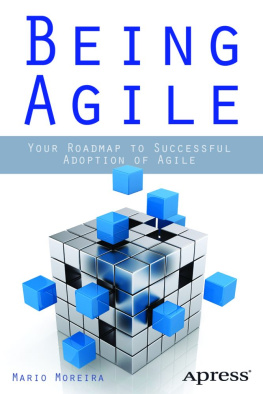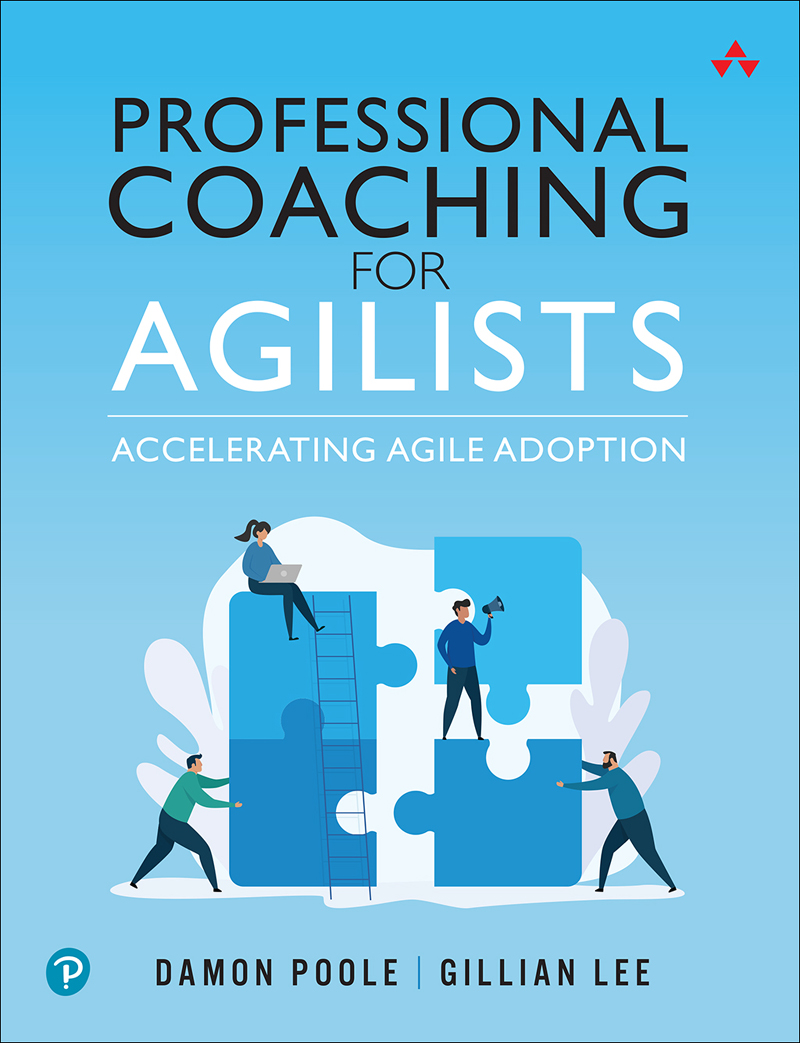ePUB is an open, industry-standard format for eBooks. However, support of ePUB and its many features varies across reading devices and applications. Use your device or app settings to customize the presentation to your liking. Settings that you can customize often include font, font size, single or double column, landscape or portrait mode, and figures that you can click or tap to enlarge. For additional information about the settings and features on your reading device or app, visit the device manufacturers Web site.
Many titles include programming code or configuration examples. To optimize the presentation of these elements, view the eBook in single-column, landscape mode and adjust the font size to the smallest setting. In addition to presenting code and configurations in the reflowable text format, we have included images of the code that mimic the presentation found in the print book; therefore, where the reflowable format may compromise the presentation of the code listing, you will see a Click here to view code image link. Click the link to view the print-fidelity code image. To return to the previous page viewed, click the Back button on your device or app.
Professional Coaching for Agilists
Accelerating Agile Adoption
Damon Poole
Gillian Lee

Boston Columbus New York San Francisco Amsterdam Cape Town Dubai London Madrid Milan Munich Paris Montreal Toronto Delhi Mexico City So Paulo Sydney Hong Kong Seoul Singapore Taipei Tokyo
Many of the designations used by manufacturers and sellers to distinguish their products are claimed as trademarks. Where those designations appear in this book, and the publisher was aware of a trademark claim, the designations have been printed with initial capital letters or in all capitals.
The authors and publisher have taken care in the preparation of this book, but make no expressed or implied warranty of any kind and assume no responsibility for errors or omissions. No liability is assumed for incidental or consequential damages in connection with or arising out of the use of the information or programs contained herein.
For information about buying this title in bulk quantities, or for special sales opportunities (which may include electronic versions; custom cover designs; and content particular to your business, training goals, marketing focus, or branding interests), please contact our corporate sales department at or (800) 382-3419.
For government sales inquiries, please contact .
For questions about sales outside the U.S., please contact .
Visit us on the Web: informit.com/aw
Library of Congress Control Number: 2020952175
Copyright 2021 Pearson Education, Inc.
All rights reserved. This publication is protected by copyright, and permission must be obtained from the publisher prior to any prohibited reproduction, storage in a retrieval system, or transmission in any form or by any means, electronic, mechanical, photocopying, recording, or likewise. For information regarding permissions, request forms, and the appropriate contacts within the Pearson Education Global Rights & Permissions Department, please visit www.pearson.com/permissions/.
Cover image: Nazarkru / Shutterstock
Map and compass icons: govindamadhava108 / Shutterstock
ISBN-13: 978-0-13-674173-2
ISBN-10: 0-13-674173-8
ScoutAutomatedPrintCode
Publisher
Mark L. Taub
Editor-in-Chief
Julie Phifer
Acquisitions Editor
Haze Humbert
Assistant Editor
Menka Mehta
Development Editors
Ellie Bru, Sheri Replin
Managing Producer
Sandra Schroeder
Sr. Content Producer
Julie B. Nahil
Project Manager
Rachel Paul
Copy Editor
Christopher Keane, CKWeb
Indexer
Ted Laux
Proofreader
Rachel Paul
Cover Designer
Chuti Prasertsith
Compositor
codeMantra
Preface
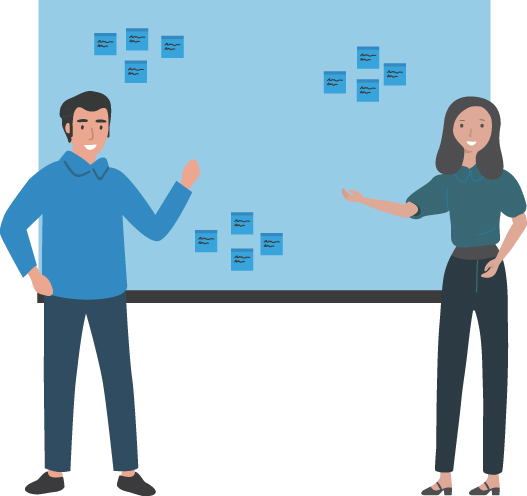
We are excited to share our Professional Coaching experiences with you. We enjoy practicing Agile and coaching as well as teaching and learning more from others. We are very active in organizing and speaking at Agile meetups and conferences. We incorporate many activities into our teaching because we love to learn by doing.
Over the years, people have often asked us, When will you write a book? Although we had lots of material and activities from our teaching and conference sessions, we werent sure what our unique angle might be.
Then, when we were talking about our Agile Coach course at an Agile Games New England event, we started hearing something interesting. People said they had decided to skip Agile Coach training and go straight to Professional Coaching training. What makes this interesting is that Professional Coaching is its own discipline, separate from Agile. We realized we had found the angle we were looking for: a book with lots of exercises written for people in an Agile environment who want to learn more about Professional Coaching.
To get a better idea of what Professional Coaching is, lets move away from Agile and Agile Coaching altogether for a moment and consider peoples personal and work lives in general. As we go about our daily lives, we make many decisions and find solutions to issues as they arise. When we run into an issue we cant solve immediately or decide to try something new, there are a number of tactics we can employ to identify next steps, such as putting aside time to focus on the matter, looking for ways to stimulate our imagination, and thinking of different perspectives to consider.
If we are still stuck and become frustrated, we may reach out to other people. Other people can provide support in a variety of ways, including the following: partnering with us on the tactics already mentioned, listening and keeping the focus on us, asking questions that lead to insights, or providing new information that is relevant to our issue.
By contrast, there are many behaviors that diminish the value we receive from other people as we search for a way forward. Sometimes, people interrupt the flow of our thinking, judge what we are saying, and provide unsolicited opinions and advice. Refraining from these diminishing behaviors is another way that people can support us.
Usually, we need to interact with more than one person to get the help we need to find solutions to our issues. Who we reach out to depends on the kind of assistance we need. Even after we get new information and perspectives from reaching out to others, we generally need to tailor a solution to our personal perception of our capabilities and situation.
What Is Professional Coaching?
Professional Coaching is an approach for helping people when they are stuck. It is composed of two parts. The first part consists of supportive behaviors such as those described earlier, practiced to a high degree of skill. The second part consists of coaching-specific skills such as asking perspective-shifting questions and setting up accountability systems.


